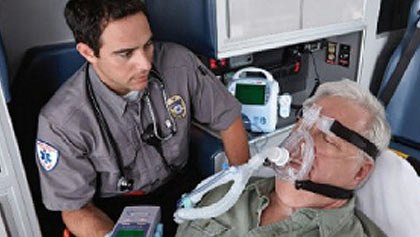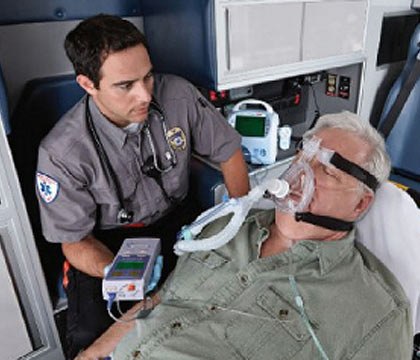|
Πέμπτη 28 Ιανουαρίου 2021
Primary diffuse large B-cell lymphoma of the major salivary glands: Increasing incidence and survival
Why Clinicians Choose Their Language Intervention Approach: An International Perspective on Intervention for Children with Developmental Language Disorder
|
Biomarkers in atopic dermatitis - a review on behalf of the international eczema council
|
Skin-resident natural killer T cells participate to cutaneous allergic inflammation in atopic dermatitis
|
Acute Laryngeal Injury After Intubation
|
Early Intervention for the Treatment of Acute Laryngeal Injury After Intubation
|
De Novo vs Inverted Papilloma–Associated Sinonasal Squamous Cell Carcinoma Survival Outcomes
|
Prevalence of anemia among patients with solid cancers at diagnosis
|
The Possible Role of Sclerostin in the Pathogenesis of Tympanosclerosis
|
Stem Cells and Gene Therapy in Progressive Hearing Loss: the State of the Art
|
5 things to know about capnography and respiratory distress
|
Δημοφιλείς αναρτήσεις
-
Abstract Kenaf is a multipurpose crop, but a lack of genetic information hinders genetic and molecular research. In this study, we aimed t...
-
As demonstrated by the market reactions to downgrades of various sovereign credit ratings in 2011, the credit rating agencies occupy an impo...
-
HPV vaccine now funded for boys Scoop.co.nz “Most countries who have to date introduced HPV vaccine have focused on the cervical canc...
-
Multi-organ segmentation of the head and neck area: an efficient hierarchical neural networks approach Abstract Purpose In radiation therapy...
-
ORIGINAL ARTICLES Cyclooxygenase-2 and estrogen receptor-β as possible therapeutic targets in desmoid tumors p. 47 Rasha A Khairy DOI :10....
-
Lichtenstein intervention is currently the classic model of the regulated treatment of inguinal hernias by direct local approach. This “tens...
-
Umbrella reviews: what they are and why we need them Cystic echinococcosis in unaccompanied minor refugees from Afghanistan and the Middle E...
-
Spindle cell/pleomorphic lipoma is an uncommonly encountered benign neoplasm that is usually found in the subcutaneous tissues. Rare cases r...
-
Related Articles New alkylresorcinol metabolites in spot urine as biomarkers of whole grain wheat and rye intake in a Swedish middle-a...










